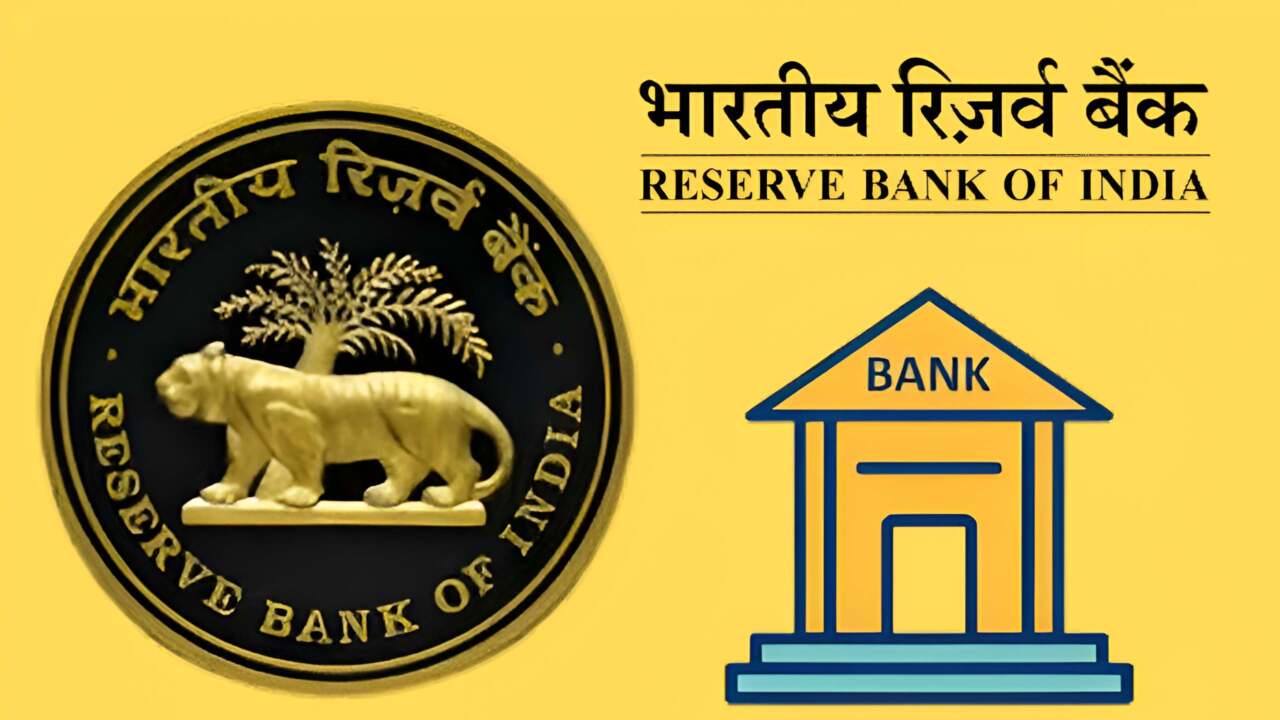The majority of previous crises occurred during periods of seeming prosperity rather than downturns, often as a result of regulatory blind spots, evergreening loans, and poor governance. Another Yes Bank or PMC fiasco might result from complacency.
Banking Stability Amid Risks
India’s banking industry has seen several upheavals recently, with crises such as the 2020 near-collapse of Yes Bank, the 2019 DHFL catastrophe, and the PMC Bank scandal revealing severe flaws in risk management, governance, and regulatory supervision.
Looking back, it is evident that these incidents not only damaged public confidence but also required significant restructuring and bailouts, which came at a high cost to the public coffers. However, the industry has had relative tranquility after the PMC disaster, with no significant failures coming to light.
Although everything seems to be in order right now, lenders and regulators need to exercise much more prudence at that point.
It looks nice.
Strong Capital and Stability
The gross non-performing asset (NPA) ratio dropped from 2.8 percent a year earlier to a multi-decadal low of 2.3 percent as of March 2025, according to the Reserve Bank of India (RBI)‘s June Financial Stability Report.
With a record high of 17.2 percent, considerably over the legal minimum of 11.5 percent, the capital adequacy ratio (CAR), a crucial indicator of a bank’s capacity to withstand losses, offers a strong cushion against shocks.
The banking regulator’s stress tests show that most banks would keep their CAR over 9% even in the worst-case situation, highlighting the stability of the industry.
Positive Growth and Inclusion
The liquidity indicators are also positive. Scheduled commercial banks are able to satisfy short-term commitments in the face of volatility since their average liquidity coverage ratio (LCR) is over 130 percent, which is far higher than the required 100 percent.
Compared to deposit mobilization, which has increased steadily at an 11–12% annual rate, credit growth has been strong at around 15%. Many lenders have a provision coverage ratio (PCR) of 75–80%, which indicates that they have prudently put aside money for possible problematic loans.
Lastly, the RBI’s Financial Inclusion Index increased to 67 in March, indicating a more inclusive financial environment and wider access to banking services.
With the support of post-crisis reforms like the Insolvency and Bankruptcy Code (IBC) and improved regulatory frameworks, all the important metrics point to Indian banks being in the best position in years.
However, there are still hazards in the system.
Be careful.
Global concerns, including as trade frictions and geopolitical tensions in West Asia, may lead to rupee volatility and capital outflows, which would put pressure on banks’ foreign exchange exposures.
With the RBI highlighting an increase in digital fraud cases that might compromise operational resilience, cyber risks are a serious concern.
Due to their tight ties to banks via lending channels, non-banking financial businesses (NBFCs) are vulnerable to rising financing costs, declining asset quality, and consumer debt stress, all of which might have an impact on the larger system.
Additionally, climate-related risks are becoming a blind spot, as severe weather occurrences affect loans for infrastructure and agriculture.
Recall that the majority of previous crises occurred during periods of seeming prosperity rather than downturns, often as a result of regulatory blind spots, evergreening loans, and covert governance failures. Overexposure to stressed industries was the primary cause of Yes Bank‘s demise, but PMC‘s fraud exposed weak internal controls.
The RBI’s proactive actions, like as swift corrective action frameworks and stronger standards on huge exposures, are largely responsible for the lack of significant failures after the PMC. However, taking it easy now might undo these benefits. Banks need to make investments in strong board supervision, stress testing for unusual risks, and sophisticated risk analytics. To close loopholes in the shadow banking industry, regulators should work with fintech overseers, mandate detailed data reporting, and step up on-site inspections.

